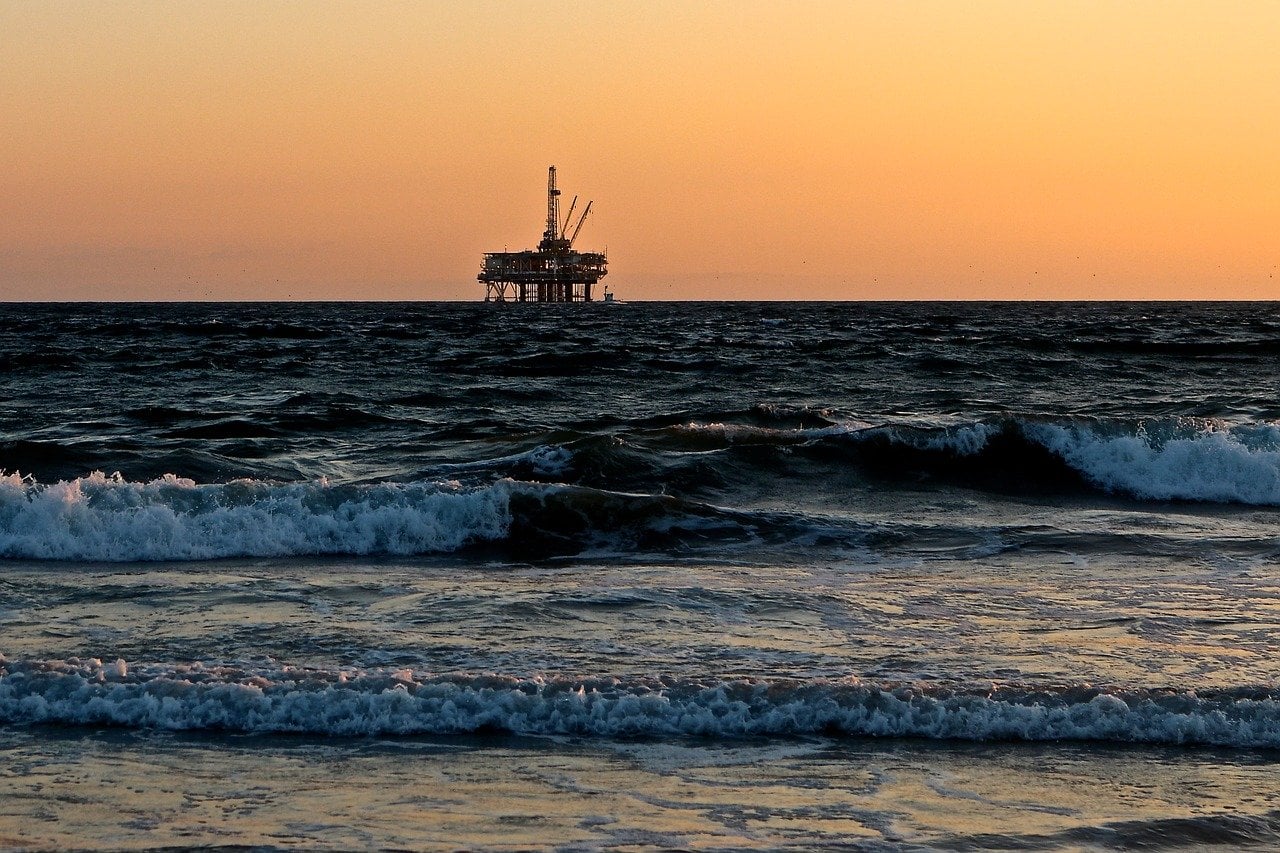The ongoing drama over the past few days revealed a split between Russia and Saudi Arabia. Both of the nations failed to reach a consensus over how to move forward as demand for oil wanes due to the coronavirus outbreak. On the face of it, the coronavirus-triggered oil price war looks like a fight between Russia and Saudi Arabia, but there are many who believe the real target is the U.S. shale producers.
Q4 2019 hedge fund letters, conferences and more
Russia-Saudi oil price war
The feud between Saudi Arabia and Russia triggered on Friday after the latter did not approve the cut in production by 1.8 million barrels. The cut was proposed in response to the sharp drop in oil demand due to coronavirus. The outbreak has forced many to stay at home and cancel all their travel plans.
The tension between Saudi Arabia and Russia widened after the former lowered the oil price along with announcing an increase in the production. Such a move triggered a massive decline in the oil price of about 30% on Monday, the biggest one-day drop since the 1991 Gulf War.
May Brent crude, which is the global benchmark, dropped by about 25% to $34.36 a barrel on ICE Europe. On the other hand, April West Texas Intermediate crude, which is the U.S. benchmark, also dropped sharply to $31.13 a barrel. Both of the benchmarks traded at their lowest since early 2016.
Russia claims that its oil industry can weather the drop in price, as well as, maintain the market share. And, Russia could be right as well. As per the analysts, Russia needs the oil price to be $45 a barrel to balance its budget. Though the prices currently are well below that level, Russia may not be the biggest loser as it may gain on another front.
Saudi Arabia, on the other hand, needs the oil price at around $80 a barrel for a balanced budget. However, it could afford to run deficits as it could easily borrow in public debt markets, notes Ryan Fitzmaurice commodities strategist at Rabobank, according to MarketWatch.
So, if the oil price war won’t have much adverse impact on Russia and Saudi Arabia, then who will it affect the most? Well, the answer could be the U.S., or specifically, the U.S. shale producers.
Stocks of U.S. shale producers dropped sharply on Monday. Moreover, the corporate bonds for the group are also trading at a discount given the uncertainty and growing financial challenges for the industry.
Over the past three years, OPEC and allies, primarily Russia, have resorted to supply cuts to support the prices. This gave an opportunity for the U.S. shale producers to capture market share by increasing production.
Presently, the U.S. is the biggest oil producer globally, producing about 13 million barrels per day (bpd). However, many of the companies in Texas, New Mexico and other states have failed to make enough money to keep investors happy. Moreover, many companies were already in the process of cutting their capital expenditure.
Now, the U.S. companies would feel even more pressure as the oil price drops to record lows. The U.S. shale companies need a minimum price of $40 per barrel to cover direct costs, notes managing director at consultant Enverus, Ian Nieboer, according to Al Jazeera.
Two of the largest shale independents – Diamondback Energy and Parsley Energy – have already slashed drilling and well completions to ensure cash flows stay above ongoing expenses. Companies expect the trend of lower spending to continue until there are clear signs of any recovery in the commodity prices.
What is Russia’s real plan?
Russia has always been concerned about the growth of the U.S. shale industry. Moreover, it is of the view that the production cuts by OPEC are proving to be a profitable opportunity for the U.S. shale producers. Because of this, many believe that Russia rejecting Saudi Arabia’s proposal is more of a ploy from the former to check the growing U.S. shale industry.
Since 2009, U.S. oil output has increased massively, primarily due to the contributions from shale. As per the data from the U.S. Energy Information Administration, shale production hit 7.7 million barrels a day in 2019, or about 63% of the U.S. output last year.
Thus, Russia’s real intention could be to drive out the U.S. companies which can’t survive at low oil prices.
“It is true that the world’s second and third largest crude producers will be competing on price. But we think that it is actually more of a war for market share and that it is not just between Russia and Saudi Arabia,” Matthew Schmidt, associate professor of national security and political science at the University of New Haven told MarketWatch.
On Sunday, Goldman Sachs also came out with a warning for the shale producers. As per the analysts, the coronavirus outbreak and the price war could further push the oil price down to $20 a barrel, creating more financial challenges for the U.S. shale producers.






